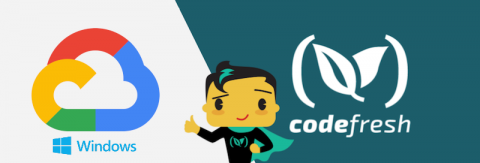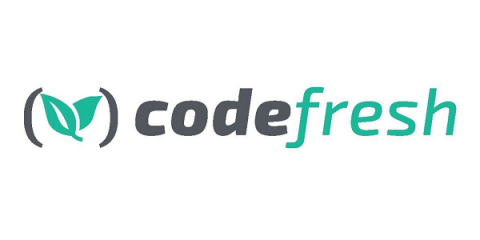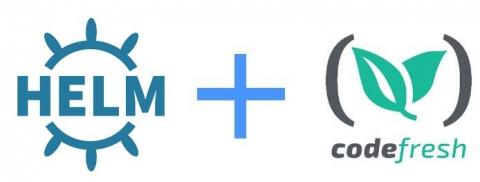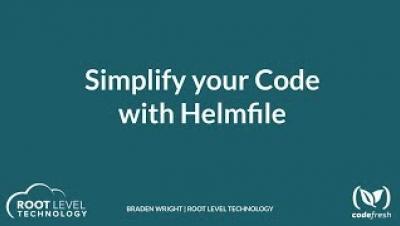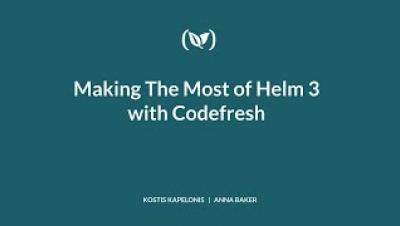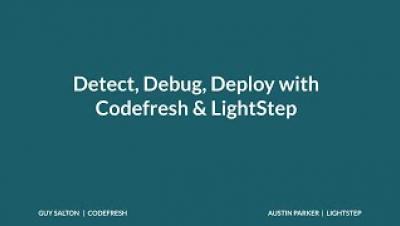Using Codefresh to Deploy a Windows Server Application to Google Kubernetes Engine
While Kubernetes has been traditionally used with Linux workloads, the desire to run Windows applications is an important need for many organizations that have critical applications running on Windows Server. Docker has already offered support for native Windows containers, so the next missing piece would be Windows node support in Kubernetes clusters. Google Cloud has recognized this gap and is now offering Windows support for Kubernetes clusters.


